10 Funny and Moving Behind-the-Scenes Secrets About the Original TV 'Star Trek'
Whether you're a Trekkie, Trekker, casual viewer or just confused about it all, it's undeniable that Star Trek has repeatedly proven itself to be nothing short of phenomenal. And that it elevated the Star Trek cast — William Shatner and the late Leonard Nimoy among them — to superstar status as well as spawned no less than 10 spin-off series and 13 feature films and countless Star Trek behind-the-scenes books. Not bad for a show that limped its way through three seasons from 1966 to 1969 and only took off years later in reruns.
The appeal (once the show caught on) was simple: StarTrek and the voyages of the starship Enterprise represented an optimistic future in a tumultuous time, and proved that we could put our differences behind us and bond with each other for a better tomorrow. Just look at the starship's main crew, which included a Japanese Helmsman (Sulu, George Takei), black communications officer (Uhura, Nichelle Nichols), Russian navigator (Chekov, Walter Koenig), Scottish chief engineer (Scotty, James Doohan) and an actual alien as first officer (Spock, Leonard Nimoy). A virtual UN in space!
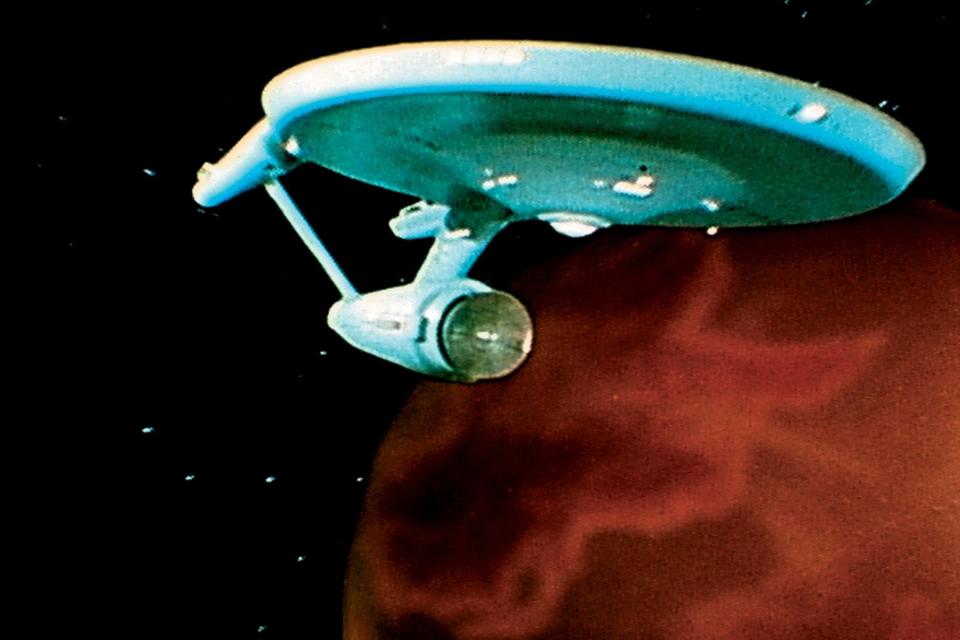
One could argue that off-camera goings on were just as interesting, in some cases a lot funnier, in others far more serious — and for more than one cast member, the show saved and ruined their careers simultaneously. Join us as we take a different look at Star Trek behind-the-scenes secrets, reverse ranked, and life in the Final Frontier when the cameras weren't rolling.
10. William Shatner and Leonard Nimoy have albums
One of the big merchandise moves when you had a popular television series was to get your lead actors to record an album or at least a single. Well, we would be remiss if we didn’t present the…uh, performances of Captain Kirk and Mr. Spock in their real personas. First up is Shatner, taking on Elton John’s “Rocket Man” in his own unique style.
And for Nimoy — and he definitely seems to be having a good time — there’s “The Ballad of Bilbo Baggins,” star of J.R.R. Tolkien’s The Hobbit.
9. Martin Luther King, Jr.’s influence on Star Trek
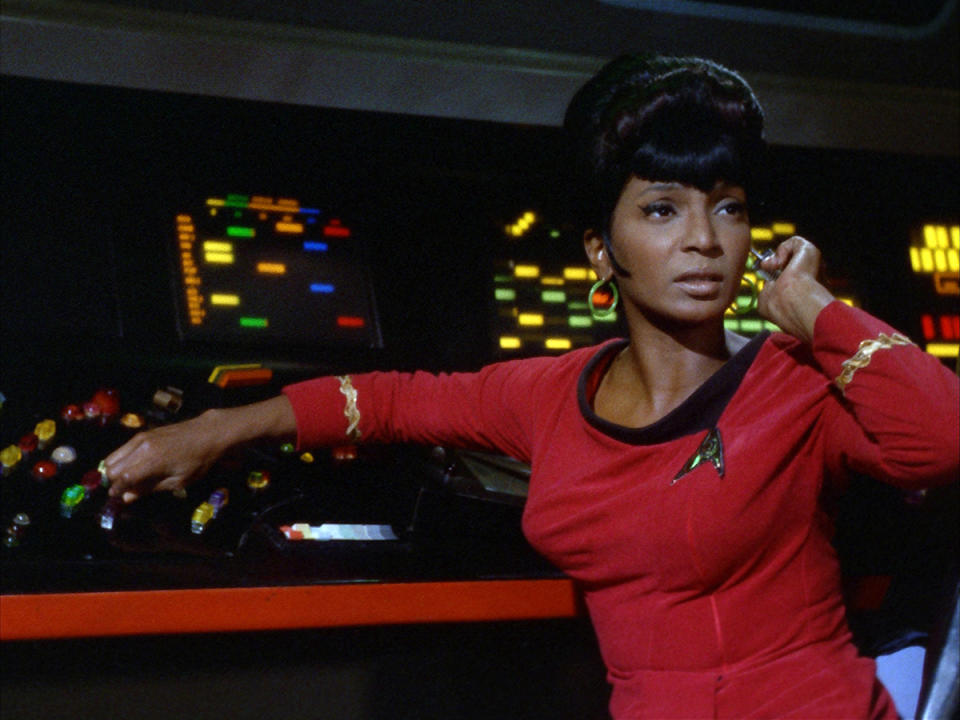
As Lt. Uhura, Nichelle Nichols was one of the first black actors to be featured in a prominent role on a television series, but behind-the-scenes she dreamed of performing on Broadway and was ready to quit Star Trek following its first season.
She informed series creator Gene Roddenberry of her decision and he asked her to take the weekend to think about what he was trying to accomplish with the show in terms of creating the image of a bonded humanity (remember, this was the tumultuous 1960s).
She agreed, but that weekend she attended a NAACP fundraiser, where she was approached by Dr. Martin Luther King, Jr., who was smiling and said that he was her greatest fan. In their conversation she mentioned her plans to leave the show.
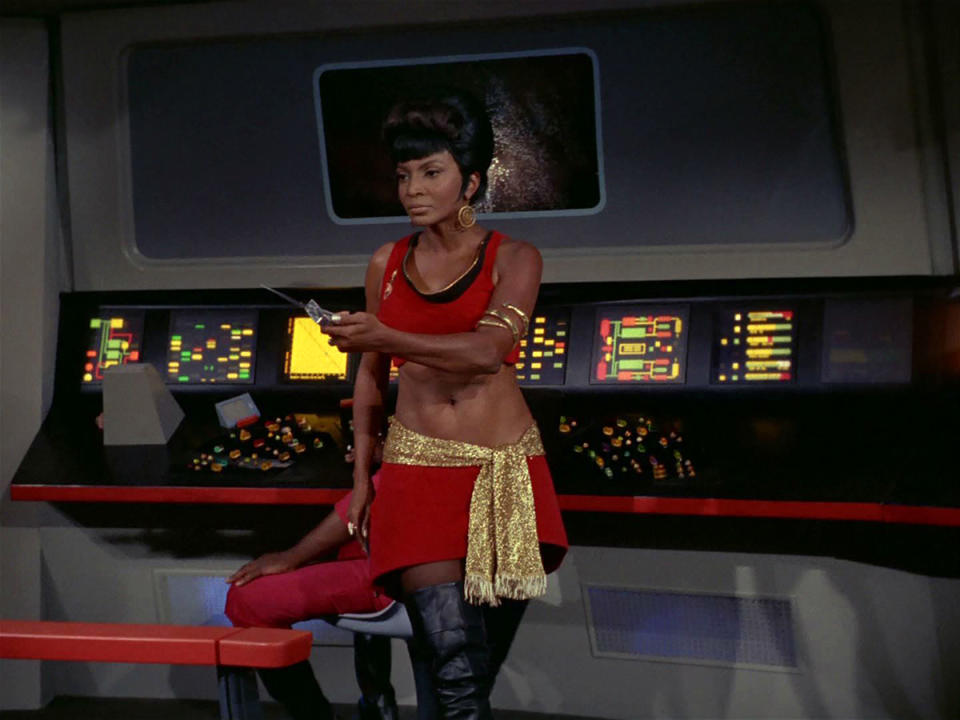
In response, King told her, “You cannot do that. Don’t you understand what this man [Roddenberry] has achieved? For the first time, we are being seen the world over as we should be seen. Do you understand that this is the only show that my wife Coretta and I will allow our little children to stay up and watch?” Needless to say, Lt. Uhura remained a part of Star Trek.
8. Following Star Trek, William Shatner was broke
You would think coming off of a three-year run of a TV show — and one that was quickly shattering records in reruns — an actor would be pretty well off. Not so in the case of Captain James T. Kirk himself, William Shatner. Follow-up work was hard to come by due to typecasting, and he had just come out of a divorce that left him in a precarious financial position.
His response? Take virtually any job that came along, whether it were TV commercials for the likes of Promise margarine or Loblaws supermarkets, or starring in low budget exploitation fare like Angie Dickinson’s Big Bad Mama.
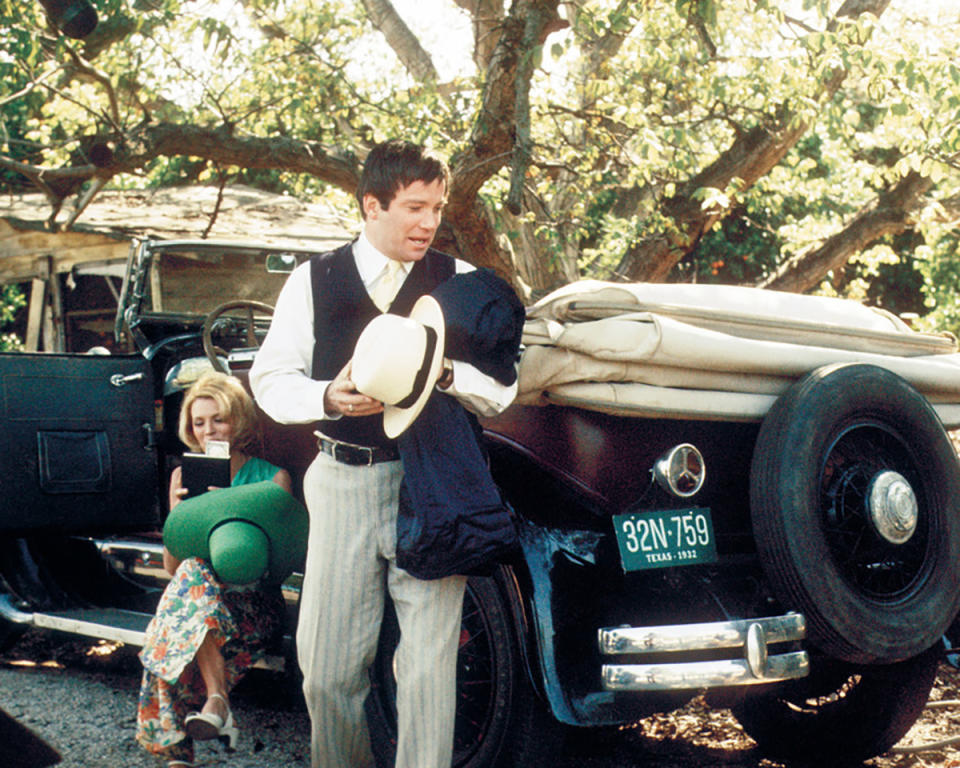
“There was a time, before Star Trek, when I wouldn’t accept a role that I didn’t think worthwhile enough to play,” Shatner explained in the pages of the Star Trek oral history book, The Fifty-Year Mission by Mark A. Altman. “After Star Trek, I had the opportunity to play a few of those things that I thought should be coming my way, but I was in a financial bind and had to accept a lot of things that I wouldn’t have done in an earlier day. Then, because things are so cyclical in show business, I needed to take these roles.”
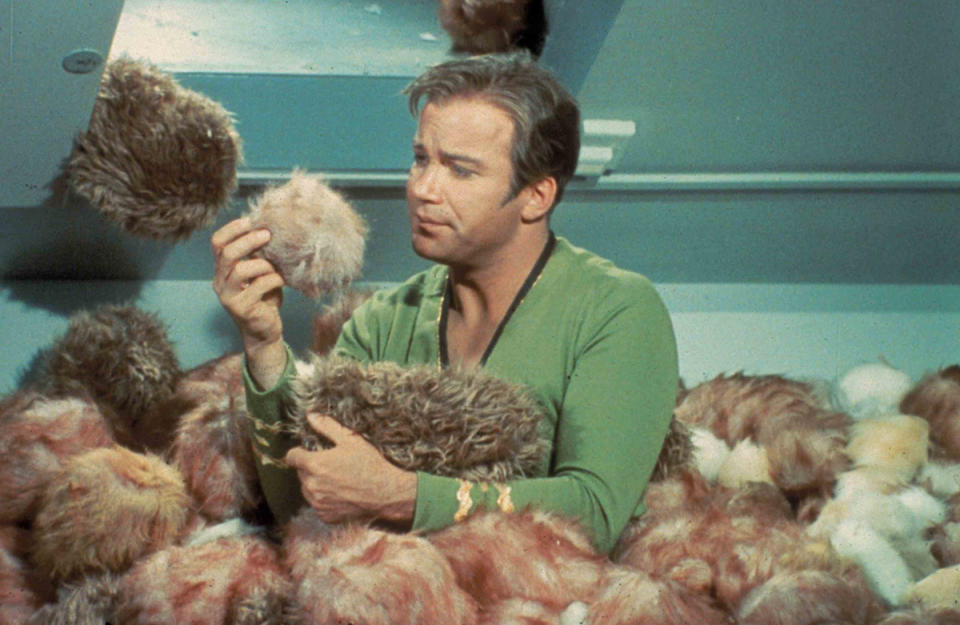
Things slowly started to change throughout the 1970s, but the real upswing behind-the-scenes began with the making and release of 1979’s Star Trek: The Motion Picture. He hasn’t really looked back since.
7. Star Trek ruined and then saved James Doohan’s career
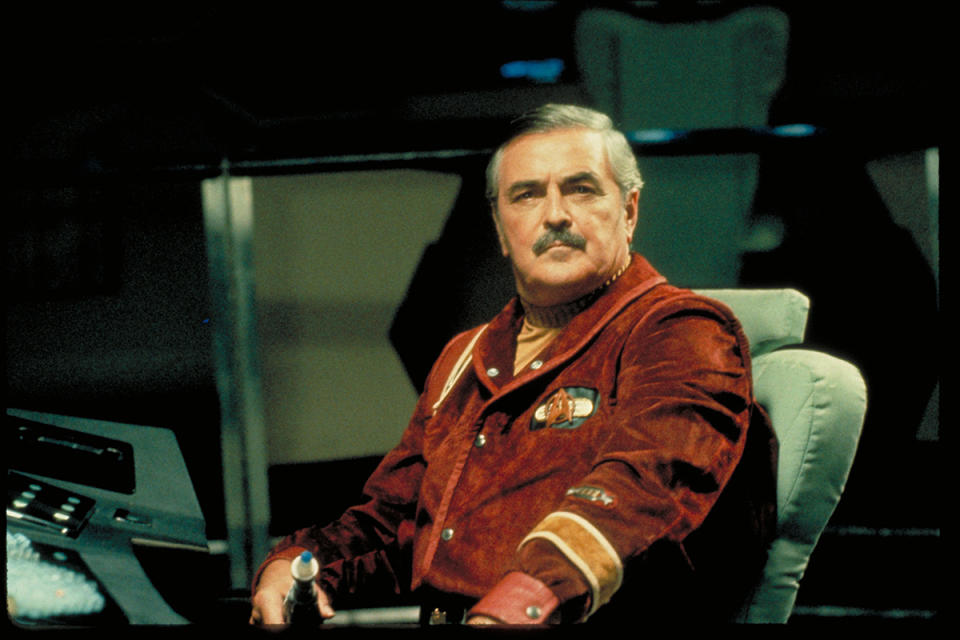
As it was for everyone cast on the show, typecasting was a real problem and nearly destroyed James Doohan’s career. “I did a movie called Man in the Wilderness in Spain with Richard Harris in 1971,” Doohan told sci-fi-online.com. “When I came back, I would go to producers’ offices to read for parts and the secretaries would say, ‘Oh, hi, Scotty’ and everything else. Then the producers would say ‘I’m sorry, but we don’t have a part for a Scotsman.’ I only did a Scottish accent once before Star Trek, and that included 450 live television shows and 4,000 radio shows. But by 1971 I had been typecast and was flat broke."
Fortunately, Doohan was able to make a living out of personal appearances. "[But] I guess my happiest memory was my realization that they were going to to start shooting Star Trek movies," he recalled. "Finally it was going to be possible to make a living out of Star Trek."
6. All of the great William Shatner impersonations start here
Impersonating William Shatner’s particular way of speaking, especially the way he did so during the original Star Trek, has become a way of life for many people, but the man who first mastered the Shat is comedian Kevin Pollack, who you may recognize these days as Moishe Maisel on Amazon’s The Marvelous Mrs. Maisel.
5. Star Trek owes its existence to Lucille Ball
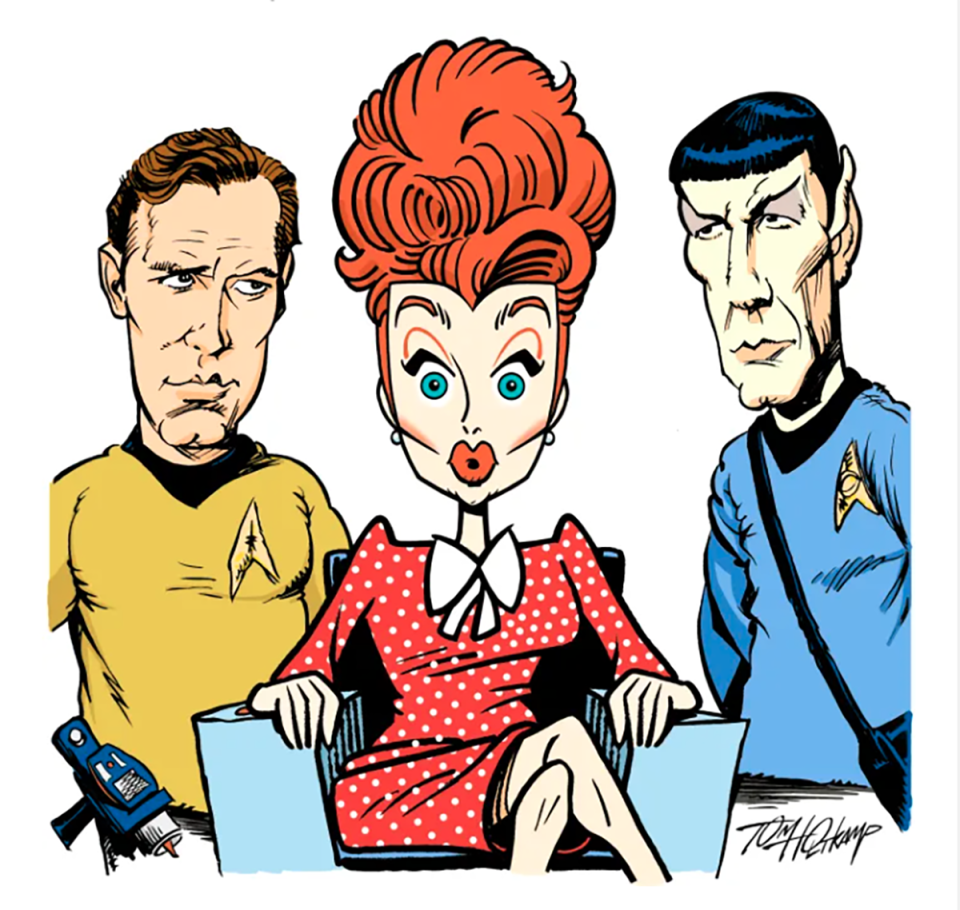
In the aftermath of her divorce from Desi Arnaz, Lucille Ball acquired their Desilu Studios, and she is the one who gave Gene Roddenberry’s seemingly crazy idea for Star Trek the greenlight for production.
“By the time Lucy ends up running the studio,” says Marc Cushman, author of the multi-volume Trek book series These Are the Voyages, "they're not producing many shows. Lucy says, ‘We need to get more shows on the air,’ and Star Trek was one she took on, because she thought it was different."
Cushman says Lucy would ask herself "what Desi would do," and she realized he would get more shows on the air that they owned, and not just that they were producing for other companies. "So that was her reasoning to do Star Trek — she felt this show could, if it caught on, rerun like I love Lucy," Cushman continues. "And guess what? Those two shows — I Love Lucy and Star Trek — are two shows that have been rerunning ever since they originally aired. The problem was, her pockets weren’t deep enough.”
Eventually she sold Desilu to Paramount Studios, after which is when Star Trek, which was part of the deal, took off and became the phenomenon it remains to this day.
4. Chekov was added because of The Monkees
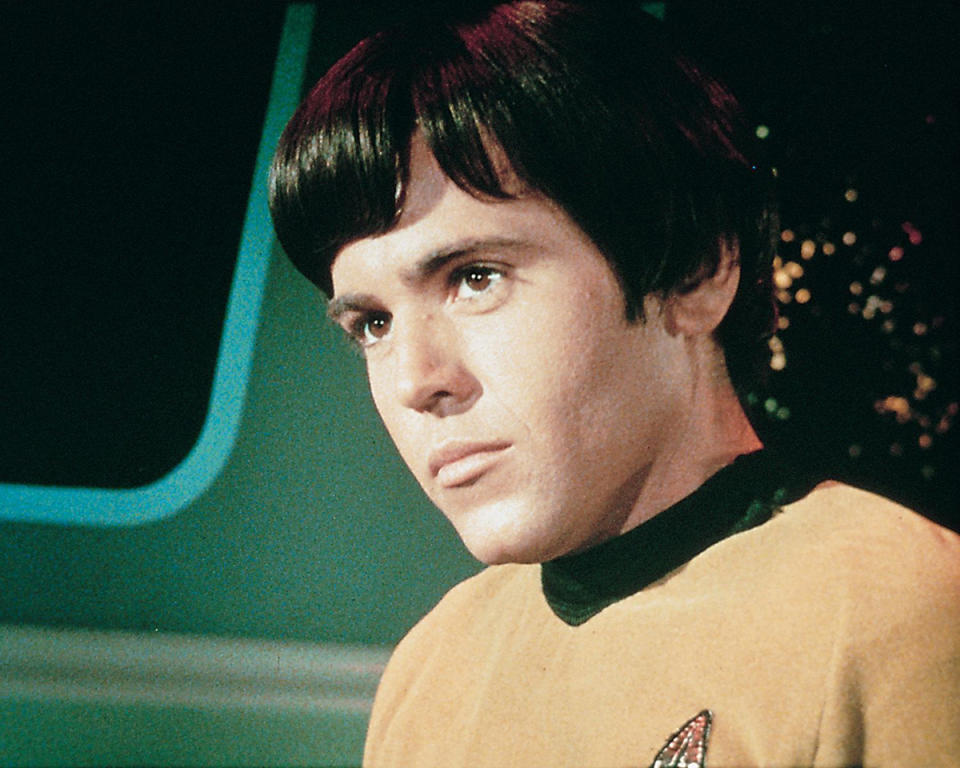
One behind-the-scenes story that Gene Roddenberry liked to tell was that the former Soviet Union’s newspaper Pravda took Star Trek to task for not including a Russian crewmember, so in response he created Anton Chekov, to be played by Walter Koenig.
The reality was something quite different, as revealed by a 1966 memo in which Roddenberry states that they were quite clearly trying to reach a younger audience that had embraced Davy Jones in The Monkees.
“All that stuff about Pravda, that’s all nonsense,” dismisses Koenig. “That was all just publicity. But it was a very practical decision — they wanted somebody who would appeal to eight-to-fourteen-year-olds and the decision was to make him Russian.”
3. Leonard Nimoy held Star Trek “hostage” when it came to The Motion Picture
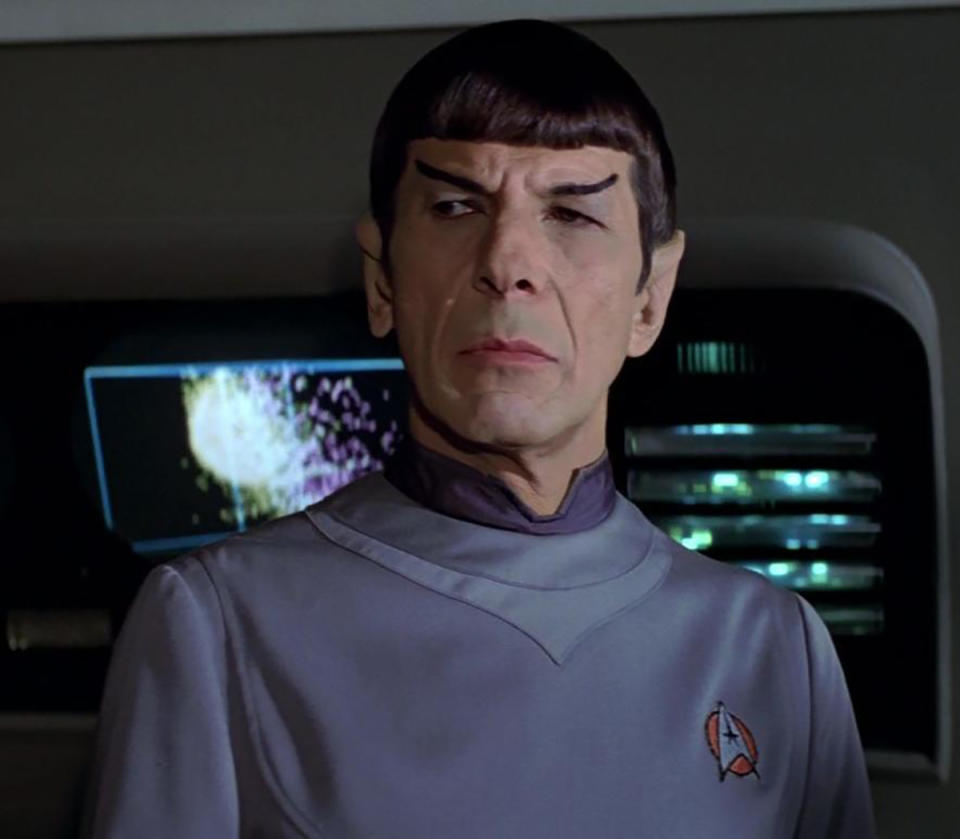
Star Trek: The Motion Picture was released to theatres in 1979, 10 years after the original series ended its run, and the entire cast had been rehired … with the exception of Leonard Nimoy. He simply refused to do it, based on the fact that Paramount was using his likeness on merchandise and advertising (including billboards) without any sort of compensation. The film’s director, Robert Wise, was told by his daughter, “With no Spock, there can be no Star Trek.”
Said Nimoy of the situation, “We’ve had a long and complicated relationship, Paramount and myself. We had a lot of details to work out.” Needless to say, Mr. Nimoy portrayed Spock in The Motion Picture and five sequels.
2. Jesus could have fought Captain Kirk
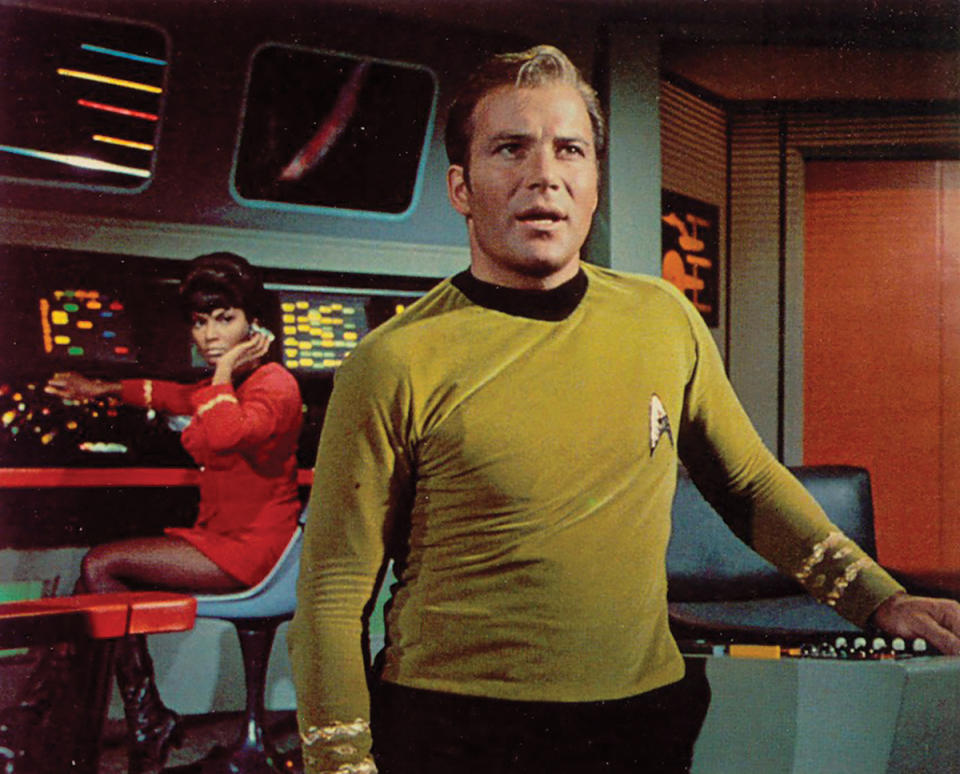
In 1975 while he was trying to get a Star Trek movie off the ground, Roddenberry wrote a treatment for a project titled The God Thing. It didn’t go forward, but years after Roddenberry’s death in 1991, author Michael Jan Friedman was given the treatment to expand and turn into a novelization.
“Gene was, and still is, one of my heroes,” says Friedman in The Fifty-Year Mission. “As he had already left the land of the living, this was a unique opportunity to collaborate with him. But when I read the material, I was dismayed. I hadn’t seen other samples of Gene’s unvarnished writing, but what I saw this time could not possibly have been his best work. But in the climactic scene, Kirk had a fistfight with an alien who had assumed the image of Jesus Christ. So, Kirk was slugging it out on the bridge. With Jesus.”
1. William Shatner was jealous of Spock’s popularity
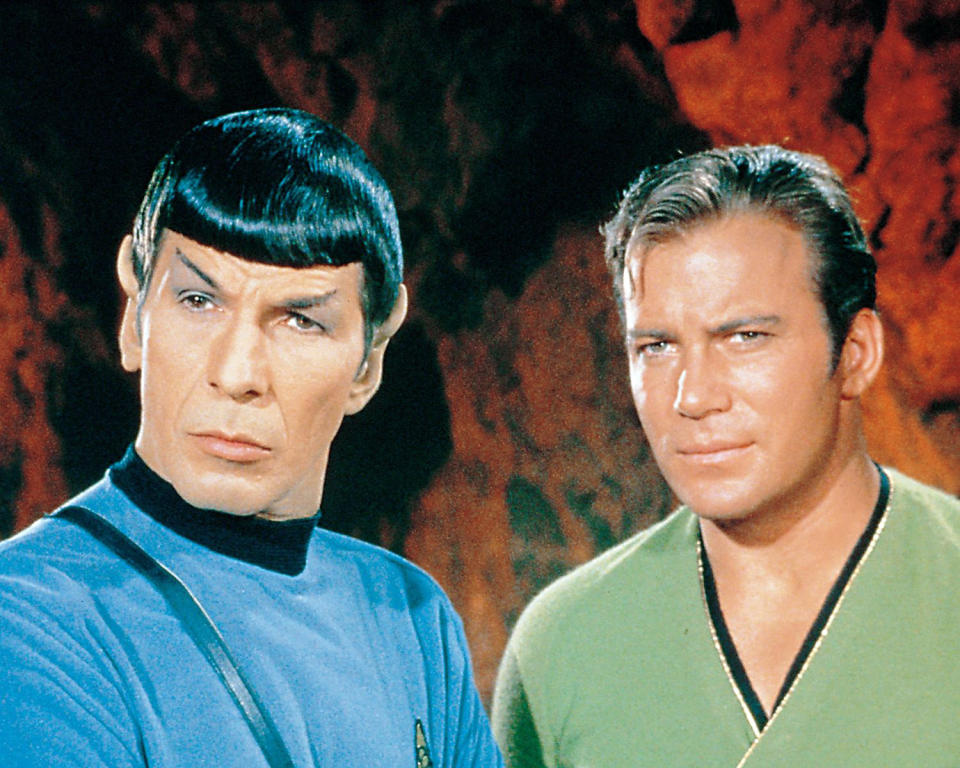
It wasn’t long after Star Trek’s debut that the character of Mr. Spock began attracting the attention of fans watching the show and the media at large, and the man playing Captain Kirk wasn’t having any of it.
David Gerrold, who wrote the show’s popular “The Trouble with Tribbles” episode, points out, “The problems with Shatner and Nimoy really began in the first season when Saturday Review did this article about Trek which stated that Spock was much more interesting than Kirk, and that Spock should be captain. Well, nobody was near Shatner for days. He was furious."
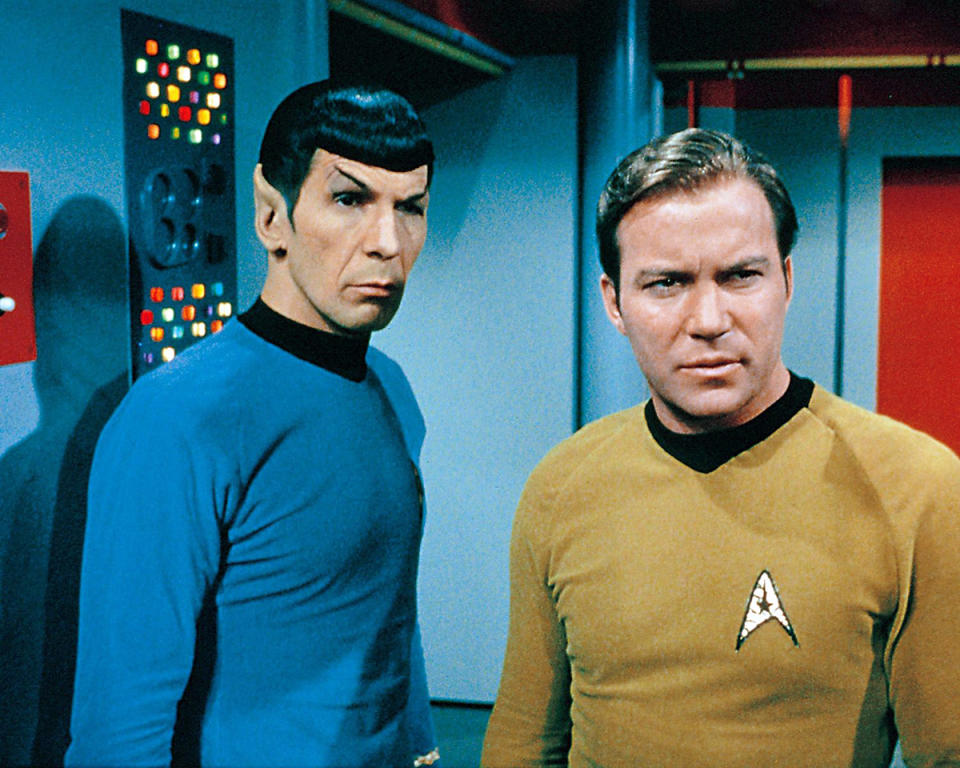
“You’ve got to look at it from his point of view,” Gerrold continues. “He had been hired to be the star or the show. It was 'starring William Shatner, with DeForest Kelley and Leonard Nimoy.' All of a sudden, all the writers are writing all this great stuff for Spock, and Spock, who’s supposed to be a subordinate character, suddenly starts becoming the equal of Kirk."
The show that started out about Kirk is now about Kirk and Spock, which caused tensions behind-the-scenes on the Star Trek set. "Bill [Shatner] definitely feels that he was lessened by that," Gerrold adds. "On the other hand, Leonard was a very shrewd businessman, a very smart actor and recognized that this Spock business was a way to be more important than an also-ran, and he pushed.”
For more 1960s nostalgia, keep reading…
1960s Love Songs: 20 Heartfelt Hits That Will Leave You Totally Smitten
10 Shocking and Hilarious Behind-the-Scenes Facts About ‘Three’s Company’
